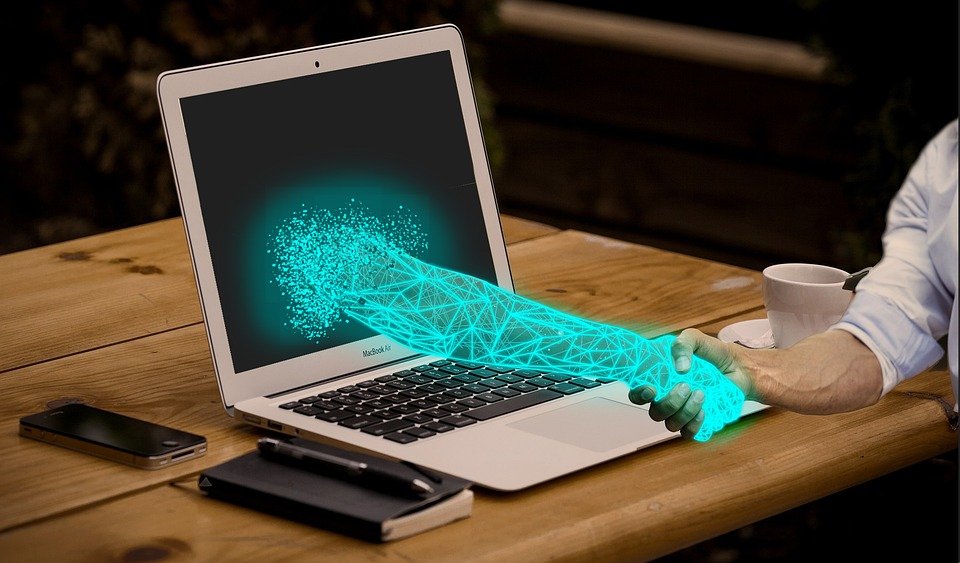Introduction
In recent years, Non-Fungible Tokens (NFTs) have taken the digital world by storm, revolutionizing the way we perceive and trade digital assets. While NFTs have primarily gained popularity in developed countries, their potential to bring accessible fun to developing nations is often overlooked. However, with the emergence of NFT ATMs, the doors to this digital realm are finally opening for people in these regions.
NFT ATMs: Bridging the Gap
NFT ATMs are innovative machines that allow users to buy, sell, and trade NFTs directly, similar to traditional ATMs that facilitate cash transactions. These devices are equipped with state-of-the-art technology and user-friendly interfaces, making it easy for anyone, regardless of their technical expertise, to navigate the world of NFTs.
By placing NFT ATMs in developing countries, individuals who may not have access to smartphones, reliable internet connections, or traditional banking systems can now participate in the NFT market. These machines act as gateways, unlocking digital delights and providing opportunities for economic growth and artistic expression.
Benefits of NFT ATMs in Developing Countries
1. Financial Inclusion: NFT ATMs empower individuals in developing countries to become part of the global digital economy. By enabling them to buy and sell NFTs, these machines bridge the gap between the physical and digital worlds, allowing people to diversify their financial portfolio and explore new investment opportunities.
2. Economic Empowerment: NFTs provide a unique avenue for artists and creators to monetize their digital works. With NFT ATMs, artists in developing countries can showcase their talent to a global audience and earn a fair income. This economic empowerment has the potential to uplift communities and contribute to overall economic growth.
3. Cultural Preservation: Developing countries are often rich in cultural heritage, but preserving and promoting that heritage can be challenging. NFT ATMs offer a platform for artists and creators to tokenize and sell cultural artifacts as NFTs, ensuring their preservation while also providing a sustainable source of income for local communities.
4. Educational Opportunities: NFT ATMs can also serve as educational tools, introducing individuals to blockchain technology and the world of digital assets. By providing access to NFTs, these machines encourage learning, creativity, and innovation, nurturing the next generation of digital natives.
Overcoming Challenges
While NFT ATMs offer a promising solution to unlock digital delights in developing countries, there are a few challenges that need to be addressed:
1. Infrastructure: Reliable internet connectivity is crucial for NFT ATMs to function seamlessly. Governments and organizations need to invest in infrastructure development to ensure a stable and fast internet connection in remote areas.
2. Security: As with any digital transaction, security is paramount. NFT ATMs must incorporate robust security measures to protect users’ digital assets and personal information.
3. Accessibility: NFT ATMs should be strategically placed in areas with high footfall, such as community centers, shopping malls, or educational institutions. This ensures easy access for individuals who may not have their own smartphones or internet access at home.
FAQs
Here are some frequently asked questions about NFT ATMs:
Q: How do NFT ATMs work?
A: NFT ATMs function similarly to traditional ATMs. Users can deposit cash or transfer funds from their bank accounts to purchase NFTs. They can also sell their existing NFTs for cash.
Q: Are NFT ATMs only for buying and selling NFTs?
A: No, NFT ATMs can also be used to view and explore the vast collection of NFTs available in the market. Users can learn about various digital assets and gain inspiration for their own creations.
Q: Can I use NFT ATMs to trade cryptocurrencies?
A: NFT ATMs primarily focus on NFT transactions. However, some machines may offer limited cryptocurrency trading options. It’s best to check the specific features of the ATM before use.
Q: How can artists benefit from NFT ATMs?
A: NFT ATMs provide artists with a platform to tokenize and sell their digital creations. This allows them to earn royalties each time their NFT is sold, providing a new stream of income.
Q: Can NFT ATMs help preserve cultural heritage?
A: Yes, NFT ATMs can be instrumental in preserving cultural heritage. Artists can tokenize cultural artifacts and sell them as NFTs, ensuring their preservation while also generating revenue for the local communities.
Conclusion
NFT ATMs have the potential to unlock digital delights in developing countries, democratizing access to the world of NFTs and bringing economic opportunities, cultural preservation, and educational experiences to individuals who previously had limited exposure to these digital assets. With the right infrastructure and support, NFT ATMs can pave the way for a more inclusive and connected global digital economy.

